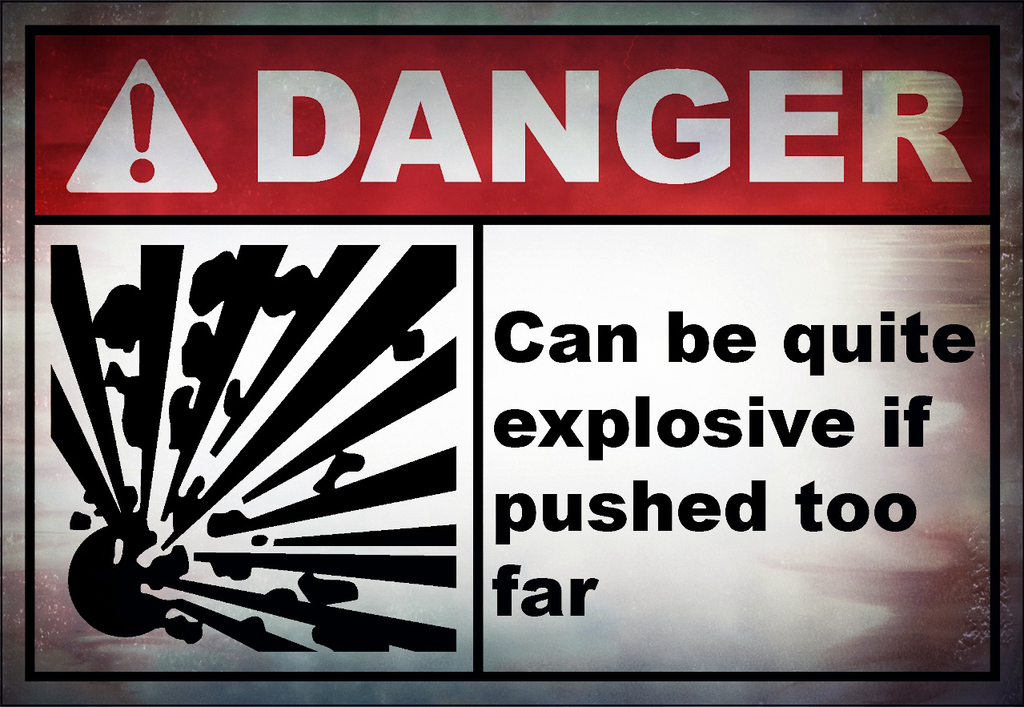Points of agreement with John Taylor
From Angry Dog Designs.
In a WSJ interview, John Taylor, who is a professor at Stanford University, sees that the nominal interest rate from the Federal Reserve should be 1.25% now, according to his own Taylor rule. He says the financial markets are working fine.
“The financial crisis is ages ago now. The financial markets seem to be working just fine.”
I agree with him that the financial crisis is long gone, even though I would not say the financial markets are working just fine with nominal rates too low. Low rates are building financial instability.
He said something else that I agree with… that the equilibrium nominal rate is 4% based on an equilibrium natural real rate of 2% and a 2% inflation target. These are important numbers to get right. They determine whether monetary policy will create financial instability or not. When monetary policy conforms correctly to the correct equilibrium rates, the chance of financial instability is lessened.
He notes attempts to move the nominal and real rates down, which would justify lower nominal rates. However, real output is still growing over 2% on average, so why say that the real rate is much lower? Unless there is simply an effort to justify lower nominal rates in face of higher unemployment.
Higher unemployment is due to the drop in labor share which weakens effective demand for production. And as Keynes told us, a weak effective demand can keep employment from rising back to its full employment level. Top economists do not understand this. They see lower nominal rates eventually leading us back to full employment. Yet, they will experience an effective demand wall on the employment of labor and capital, and that is when the low nominal rates will create financial instability.
Another point of agreement… Even as he says that the Fed nominal rate should be 1.25%, he says the Fed should not raise it tomorrow. People do not expect a sudden raise. The effects would be counterproductive. He thinks that the Fed should have started slowly raising the nominal rate back in 2011 or 2012. I agree. We would be in a more balanced monetary position at the moment considering we are close to the effective demand limit on the utilization of labor and capital.
Nominal rates from the Fed should now be closing in on that 4% nominal equilibrium that Mr. Taylor points to, because we are close to the effective demand equilibrium. Economics will learn a lesson about effective demand.
If John Taylor recognized the impending effective demand limit, he might be calling for an even greater nominal rate now. Still, there is wisdom of moderation in his words.

